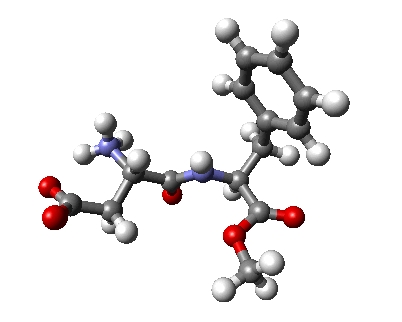Tuesday, January 31, 2012
Sunday, January 29, 2012
Resistance Training

|
Friday, January 27, 2012
Friday, January 06, 2012
Wednesday, January 04, 2012
Aspartame- and a little bit more...

Monday, January 02, 2012
Quick Home Training Session



- DB Renegade Rows (see above pic #1): 4 x 5ea
- Decline Push-ups (see above pic # 2): 4 x 10
- DB Goblet Squats (see above pic #3): 4 x 10
Can Diet Affect Your Alzheimer's Risk?
In the study published online in the journal Neurology, researchers measured the level of nutrients in the blood of nearly 300 seniors and found that those who had high levels of vitamin D and omega 3 fatty acids -- both found in salmon, tuna, and other fatty fish -- as well as vitamins C, E, and B -- antioxidants found in fruits, nuts, and green leafy vegetables -- appeared to have somewhat more protection against early symptoms of Alzheimer’s. They were less likely to have cognitive difficulties, memory problems, and brain shrinkage -- an indicator of Alzheimer’s -- than those who had low levels of these nutrients.
*The researchers, though, didn’t distinguish between nutrient levels raised due to foods rather than supplements, so it’s tough to say whether seniors can simply pop supplements to reduce their risk of Alzheimer’s or whether they need to rely on a nutrient-rich diet.Health Club trends

- The total # of US health club consumers reached 58 million in 2010, up 10.4% from 2009
- Over half of all new members (57%) are females
- The average age of club members is 39.5 years
- Consumers paid an average of $39.99 in monthly dues for their memberships
- The three states with the highest consumer participation rates are, in declining order, Massachusetts, Colorado, and California.
Sunday, January 01, 2012
Your Own Personal Year in Review

"What Do You Work on With Your Clients?"

- Muscular strength (concentric, eccentric, and isometric)
- Power
- Mobility
- Agility
- Reactive coordination
- Balance
- Cardiovascular endurance



